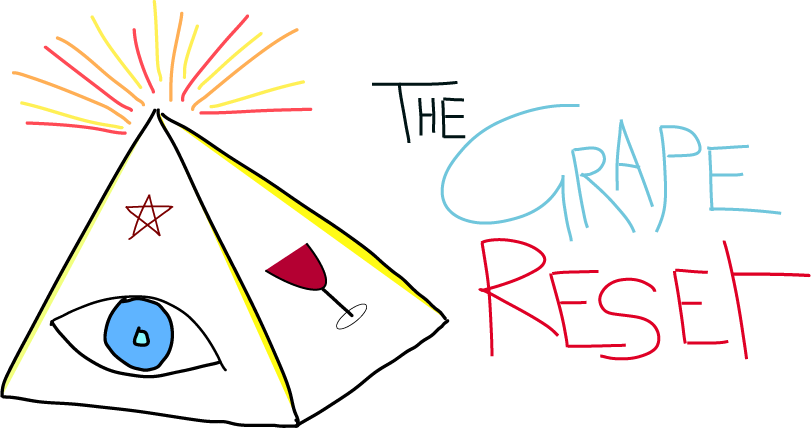Hilberg Pasquero
〰️
Hilberg Pasquero 〰️
Michelangelo (Mikio) Pasquero (Italian plant pathology PhD). Located on Bricco Gatti hill, the estate spans ~6 hectares of vineyards, producing ~20,000–25,000 bottles annually of Barbera, Nebbiolo, Brachetto, and blends like Vareij (Barbera-Brachetto). Certified organic since the 1980s and practicing biodynamics (non-certified since 2004 due to bureaucratic issues), the winery crafts unfiltered, low-sulfite wines (30–40 mg/L) labeled as Barbera d’Alba, Nebbiolo d’Alba, Vino da Tavola, or Langhe DOC. Part of the FIVI (Italian Independent Winemakers) and sharing Roero’s ethos with SoloRoero (Oggero, Fornace), Hilberg-Pasquero emphasizes “bioergodynamics” (registered in 2006), blending biodiversity, science, and holistic viticulture. Wines are exported to Europe, the US, and Asia, with high demand due to limited production and critical acclaim (e.g., 90+ points from Antonio Galloni).
Winemaking Philosophy
Biodynamic Viticulture: Certified organic in the 1980s, the first in Roero, and biodynamic since the 1990s (non-certified since 2004 due to paperwork disputes). The 6-hectare vineyards feature 80–100-year-old Barbera mother vines on clay-marl and sandy soils. No pesticides or herbicides; biodynamic preparations (e.g., horn manure) and lunar cycles guide farming. Manual harvesting, deep-rooted rootstocks, and 50% forest cover enhance biodiversity. Low yields (~35 hl/ha) ensure concentrated grapes. The Varè valley’s north-facing exposure adds freshness to Vareij.
Natural Winemaking: Minimal-intervention cellar using native yeasts, no fining, and minimal filtration. Reds (Barbera d’Alba, Nebbiolo d’Alba, Vareij, Mon Suri, Sul Monte) ferment spontaneously in stainless steel or concrete (10–15 days), aged 12–36 months in used barriques or large oak botti, balancing Nebbiolo’s tannins with subtle oak. Vareij (Barbera-Brachetto) is earthy and aromatic. Sulfites are low (30–40 mg/L), added at bottling. Wines are elegant, vibrant, and terroir-driven, reflecting Roero’s lighter, sandier soils compared to Langhe’s clays.
Terroir: Roero’s sandy-clay-marl soils and hilly microclimate impart elegance and freshness, distinct from Langhe’s denser Barolo/Barbaresco. Nebbiolo is lighter, Barbera vibrant, and Vareij ethereal, akin to Burgundy’s Pinot Noir in finesse but Piedmont-specific.
Background
Founders: Annette Hilberg (from southern Germany) and Michelangelo Pasquero (Roero native) met in the 1980s, united by ecological passion. Annette’s nursing background and Mikio’s plant pathology PhD informed their biodynamic approach. Mikio’s great-grandfather started winemaking in 1915, with Clementina (Mikio’s mother) shaping family traditions. Their sons, educated abroad, integrate science into viticulture.
Vision: To craft soulful, age-worthy wines via “bioergodynamics” (biodiversity + science + holistic dynamics), prioritizing terroir over appellations. FIVI advocacy (since 2008) promotes sustainable practices, aligning with SoloRoero’s mission (Oggero, Fornace).

